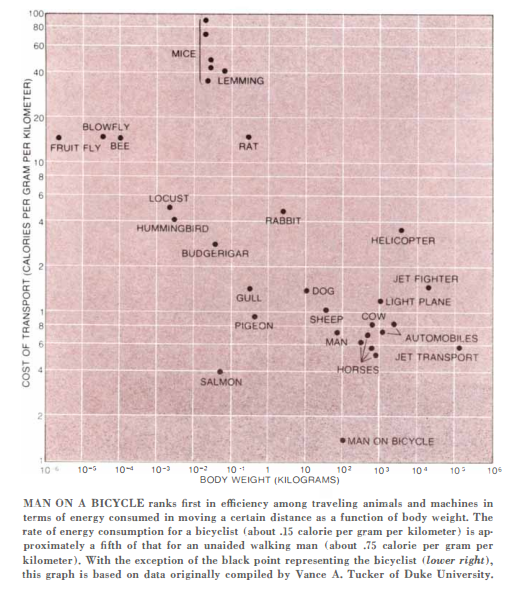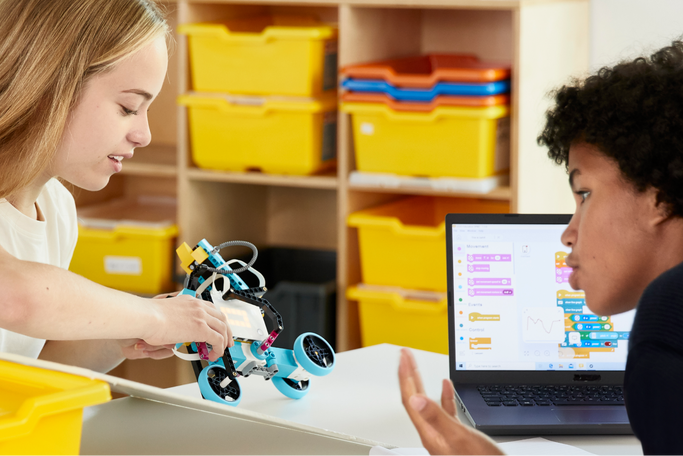Week 103: Read-Write Why
12 Feb, 2023
This week has been less about creating and more about gathering.
Weekly reminder, please keep booking 30 min with me to talk about anything. I’m having a lot of fun learning and exploring by myself, but also starting to miss the social interactions and sense of purpose from working with a team. So if you’ve got an interesting project and could use a hand - please do reach out.
Writing The Why
As I mentioned last week, I have started writing a book. The working title is “Tools & Interactions”, based on the name of my former team at Bang & Olufsen.
I haven’t written anything substantial since my Master’s thesis, and who knows if I’ll ever finish or publish it, but so far I’m excited to work on it.
Currently, it’s a way of looking back and reflecting on my experience working in the fuzzy 0-to-1 end of product design. On trying to bring interaction design to companies where it didn’t seem to propery exist previously, while still defining it for myself.
It’s also about how after all this time, I’m still not sure what the role of interaction design is or if it’s even understood. How the current state of “UX/UI Design” seems to mean making high-fidelity flows in Figma. How Figma seems to have become the hammer that makes every problem look like a nail. And how this single-tool, single-mind mentality has reduced design to being a styling discipline rather than using design to explore new mental models or material qualities of technology. Interaction Design doesn’t really seem to be concerned with coming up with new embodied interfaces anymore, settling for multi-touch glass rectangles. I think we can and should do better.
I think designers lack tools that let them use utilize computation and machine intelligence to augment their thinking and creating, and my hope is that the book will be successful at arguing why we should build them, and provide examples of how we can think and make our way there.
I’m also trying to argue that in the tool-building, you form a deep understanding of technology and information as material, which in turn allows you to be more creative with it.
Steve Jobs did a great job of articulating the potential of the computer as a “bicycle for the mind”. In the video he references the chart below from the Scientific American. We are indeed not the only animal that makes tools, but we are the animal most capable of making tools that augment our capabilities by orders of magnitude.

Chart from Scientific American, 1973
Reading
Thinking about my writing as a book is proving to have good side-effects. Books should be properly researched, and when I find myself wanting to recount history or make a certain claim, this forces me to do more research.
Thinking about computers as tools brought me back to reading MINDSTORMS by Seymour Papert. I first read it when we were building LEGO Education SPIKE Prime and forming a relationship with the Lifelong Kindergarten group at the Media Lab. In designing the product, the programming hub user interface, bringing Scratch Blocks as the visual programming language to LEGO, and forming the overall technology concept, it was a huge inspiration.

Photo of LEGO Education SPIKE Prime by LEGO Education via https://education.lego.com/en-us/products/lego-education-spike-prime-set/45678
The book is 30 years old this year, but more relevant than ever. Papert talks about using the computer as an “object-to-think-with”, and hammers it home with this quote:
One might say the computer is being used to program the child. In my vision, the child programs the computer and, in doing so, both acquires a sense of mastery over a piece of the most modern and powerful technology and establishes an intimate contact with some of the deepest ideas from science, from mathematics, and from the art of intellectual model building.
Seymour Papert, MINDSTORMS
I’m also looking forward to reading some recently published articles on “Toolformer: Language Models Can Teach Themselves to Use Tools” and “Theory of Mind May Have Spontaneously Emerged in Large Language Models”.